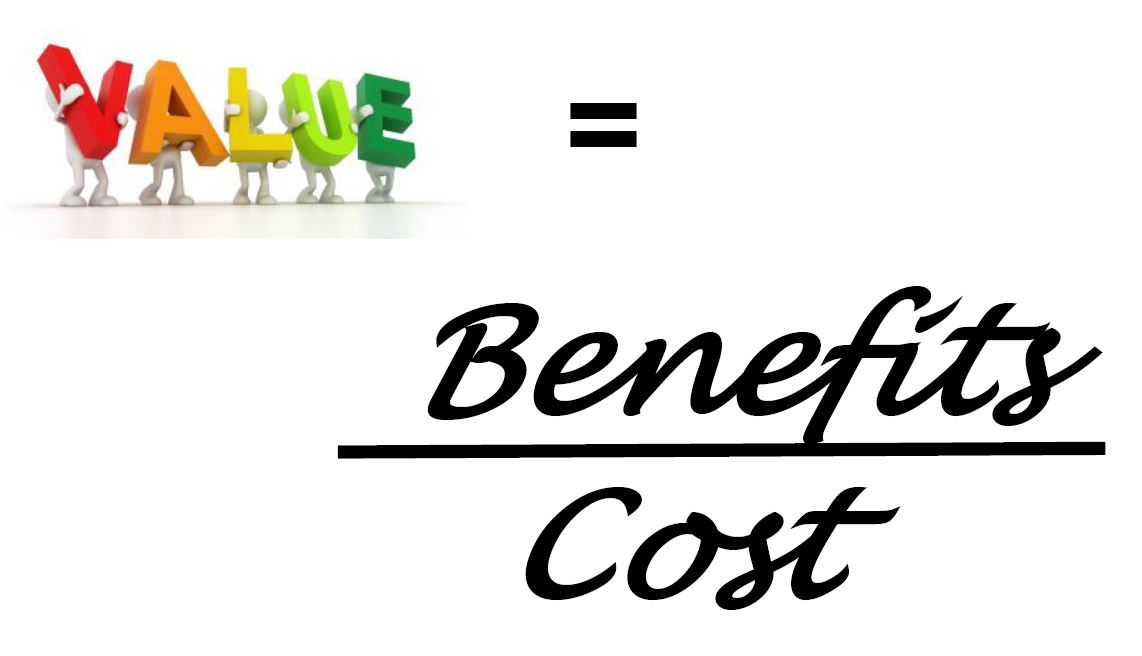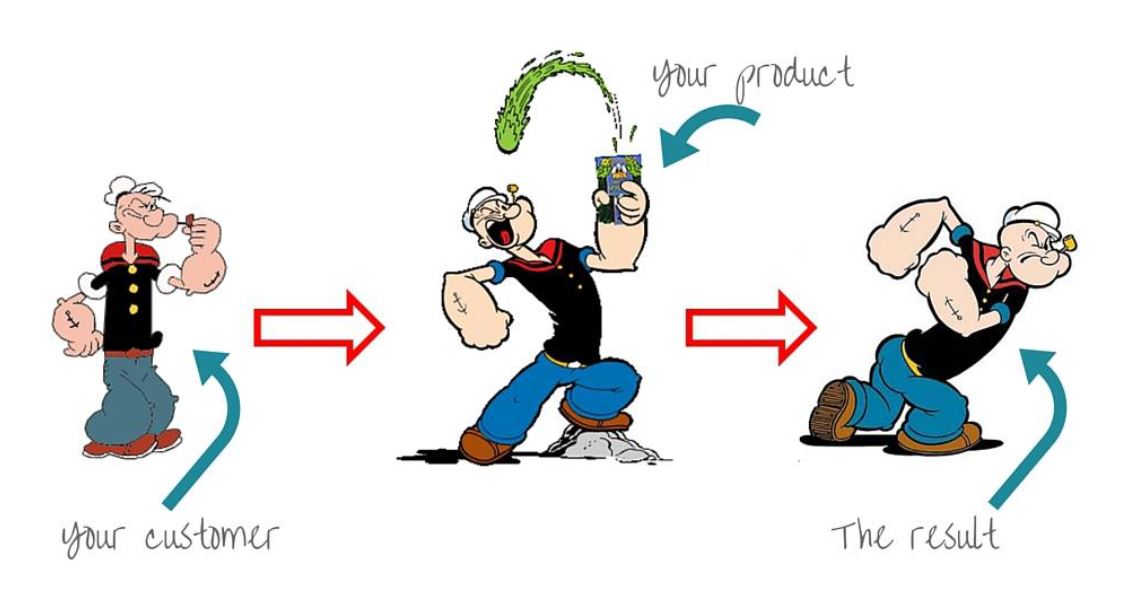At Jackson, training has become a client services staple. We train automotive enthusiasts how to drive cars, tire dealers how to sell tires, and business owners how to position their brands.
For one of our clients, the training team leads 40–50 classes each year offering classroom and hands-on instruction to showcase the features and benefits of various types of ultra-high performance and off-road tires. Understanding the features and benefits of a product is key to communicating them to consumers, so teaching the technology of tires will always be an important ingredient. But knowing how to sell the value the technologies offer is equally as important.
Trying to compete on price typically is a prescription for an unfulfilling sales career. Selling the inherent value of a product or service, I believe, increases the likelihood of a transaction and helps create brand loyalty. One of my favorite quotes comes from Warren Buffett who said, “Price is not the same as value. Price is what we pay, value is what we get.”
 What is value? I like to begin sales training classes discussing the equation: Value Equals Benefits over Cost (or…what we get from a transaction divided by what we pay for it).
What is value? I like to begin sales training classes discussing the equation: Value Equals Benefits over Cost (or…what we get from a transaction divided by what we pay for it).
If you really think about what you pay, it’s often what you give up. My argument is that there are emotional benefits to a purchase, in addition to quality and service. Hence the reason we buy brands we trust. There’s an emotional value in putting on that Under Armour® shirt or carrying that Coach® purse.
But there is also a cost we often forget: Opportunity Cost. And most every consumer faces this whether they recognize it by name or not. For example, if I walk into a store and buy a TV for $1,300. As soon as I hand over the money, that’s $1,300 I don’t have to spend on something else and it’s another $1,300 that I must go earn to replace the $1,300 I just spent. The cost of that TV is no longer $1,300 but rather $3,900 when I add the opportunity costs to the entire equation.
That’s what we as consumers go through in nearly every purchase because we know the pain of what we’re giving up with an impulse buy or when we purchase something we need. There are opportunity costs and emotional benefits playing tug-of-war in our psyche, and addressing this can make us better salespeople.
To understand this, consider the value equation, Value equals Benefits over Cost as a mathematical formula: V = B/C.
The importance of the relationship between Benefits and Cost can be better understood if we use practical division. For example:
10/5 = 2
14/2 = 7
20/100 = .2
Anytime the larger number is on top, a whole number is the result. Anytime the larger number is on the bottom, a fraction or decimal is the result. It’s the same math taking place within our buying process. When the value is greater than one, things are positive. When the value is less than one, we’re always going to argue cost.
To make perceived value go up, you can make benefits go up or costs go down. A moment of bliss is when we can make benefits go up AND costs go down. Here’s an example of that. I recently went to Cabela’s to purchase a camera. I had a budget of $100 and a 20 percent off coupon. I found a camera that was $149 marked down to $100. By getting the higher priced camera, I was able to get the nighttime infrared flash, faster trigger speed and the increased motion range of a $150 camera for $100, plus I had the 20 percent off coupon. The range of benefits that I was getting for my budget was going up while the sale price and the coupon were taking my costs down. This was a moment of bliss! And it’s the kind of moment we tell people about. In fact, we actually brag about them!
Bliss is what we’re after in sales, but as salesmen we don’t want to give away the farm to get there. We need to remember that just because we establish value, it doesn’t mean we’ll get to a purchase. But in the absence of value, the customer always will argue cost. Why? Because he or she is ultimately trying to make the value equation a positive number; and to do so, if they’re uninformed on the benefits, they want to get the larger number on top of the equation. And to do that, they only know how to try to lower their costs.
 To raise the importance of benefits and not commoditize a product by only discussing price, salespeople need to remember they’re in the problem-solving business. That means they need to ask the right questions and sincerely listen to the answers. If we do that, we’ll sell more because people buy end results.
To raise the importance of benefits and not commoditize a product by only discussing price, salespeople need to remember they’re in the problem-solving business. That means they need to ask the right questions and sincerely listen to the answers. If we do that, we’ll sell more because people buy end results.
I was in the grocery business for a while, so I’ll illustrate selling the end result with selling spinach. If I sell spinach at 89 cents a can, someone will eventually come along and sell two cans for a dollar. But if I share the benefits of my spinach on the end result of making you stronger and healthier, I’m selling on value, not price.
Again, remember the importance of the value equation. For a purchase to take place, we need the equation to be positive or we’ll be disgruntled over the product, the meal or the experience.








